Lord Tredegar's Cattle Show was established by Sir Charles Morgan in 1819. It ran consistently every year and there are records of it being held at Court-y-Bella farm in the late 1830s and 1840s and also at the Newport Cattle Market. The last show in that form was in 1921 and by 1923 was amalgamated with the Bedwellte Agricultural Show.
The National Library of Wales has a large archive on the event including judge’s notebooks and show catalogues.
This article is not a comprehensive history of the show, rather a snippet of a couple of shows based on adverts and reviews in the Monmouthshire Merlin and Cambrian newspapers.
1838 Annual Show of Stock

An advert published in the Monmouthshire Merlin on March 3rd, 1838 gives a complete breakdown of the show and the numerous awards available. The awards ran into the hundreds and were provided by a number of the richer residents of the area such as Charles Morgan himself, other members of the Morgan family and various members of the gentry.

Awards covered the following:
- Best bulls from breeds such as North Devon, Hereford, short-horned, Glamorganshire.
- Best Fat Pig
- Best Ram Lamb
- Best Hereford Steer bred by a Tenant Farmer in the county of Monmouth
- Best Fat Cow (only fed on grass, hay and turnips)
- Best Cart Stallion
- Best Two-year-old Colt or Filly, ‘got by a thorough-bred horse’
- Best Pen of Four Welsh Mountain Wethers, ‘that have grazed on the Hill until the latter end of the year 1837’.

There was also an award for the best piece of Monmouthshire land, under five acres, containing Swedish Turnips.

Apart from the owners of Cart Mares and Foals, everyone else had to be within 25 miles of the show yard at Court-y-Bella, a distance measured along the nearest road to the residence of the person entering.
In addition to all the above, there were small prizes of half a guinea (compared to the 5 and 10 guinea prizes above) for Proprietors having the best ‘Couple of Turkies, Geese, Ducks or Fowls’ and one guinea for the person with the greatest number of Hives of Bees in 1838.
For those not entering animals, there was a Silver Teapot (value ten guineas) for the ‘best and most valuable sample of cheese made from a dairy of not less than twelve cows, entirely depastured on the levels of Caldecott or Wentloog.

1837 Review
A review of the 1837 edition of the show in the Monmouthshire Merlin lists the winners of that particular year and mention farms in St Woolos (Ebbw Farm), Whitson, Nash, Lliswerry and Duffryn and from further afield in Bonvilston, Bedwellty, Hereford and Monthusloyne (presumably Mynyddislwyn). That year, Ann Lewis won the prize for the greatest number of Hives of Bees.
After each event there was an ‘Ordinary’ at the King’s Head Inn where prizes were officially awarded.
At three o’clock most of those gentlemen who attended at Court-y-Bella (some of them having come from great distances) and a very large number of farmers and breeders of stock, assembled at the King’s Head Inn, Newport, to dinner, upon which occasion the prizes are publicly delivered to the successful competitors by the President, Sir Charles Morgan. The company was exceedingly numerous, above 100 persons having sat down in the great room, independently of which there were several tables laid out in other apartments for the accommodation of the guests. The dinner was, as usual, of the best description, and served up in that style of excellence for which Mr Church is preverbial; the wines likewise admirable.
1840 Review
The Cambrian provided a similar review of the 1840 edition and commented:
The Stock was good — some of the Cattle and Sheep in fatness and symmetry never equalled at Court-y-bella.
The Monmouthshire Merlin also published a review of the event and particularly like Sir Charles’ improved short horns, “which were superior to any which has appeared at previous shows in number, symmetry, and quality of flesh; indeed, the fat cow was of the best quality and is supposed to weigh about eighteen score per quarter.
There was a tie that year for the greatest Hive of Bees with both Morgan Powell and Edward Turberville having an equal number.
1842 Review
The Cambrian had a long review in 1842 and like 1840, the animals were of ‘good symmetry’. Also commented on were the fat sheep, which ‘in general were good and fat’, the Ayrshire bull and heifer who didn’t have ‘anything about them’ and some ‘truly splendid’ Herefords.
Farms mentioned in the winners were Woodlands (Malpas), Splott, Tycoch and the Vicarage, Bassaleg.
The prize for the greatest number of Hives of Bees went to Wm. Howell, gardener of Ebbw Bridge.



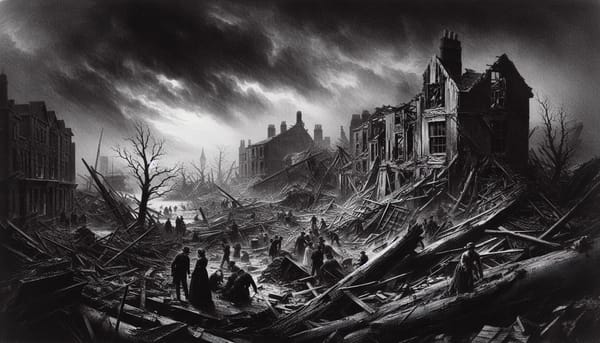
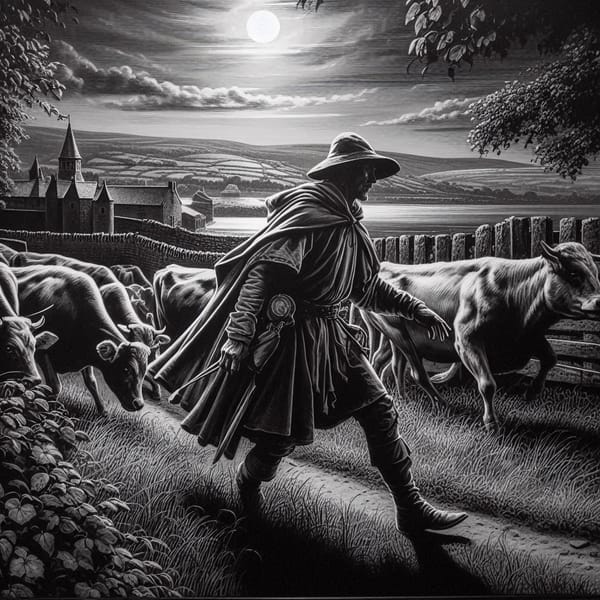
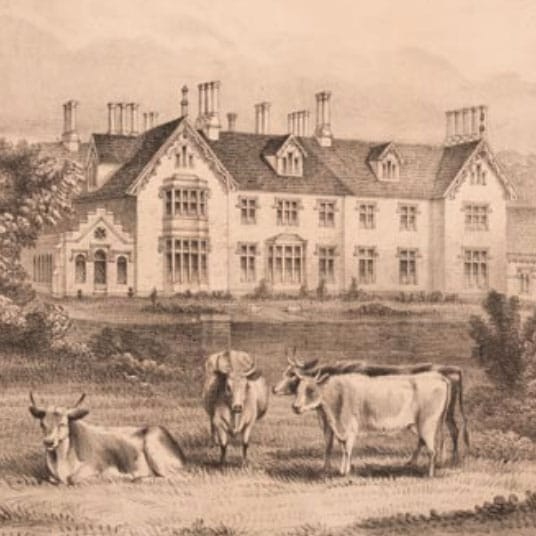
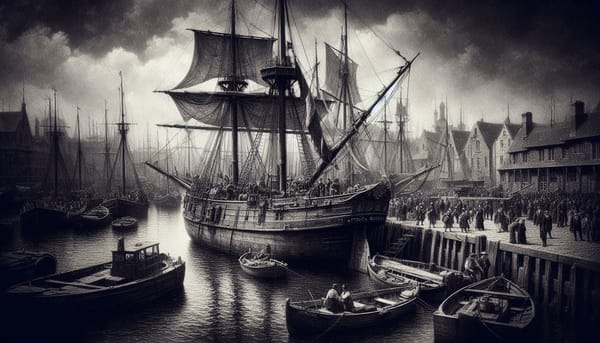

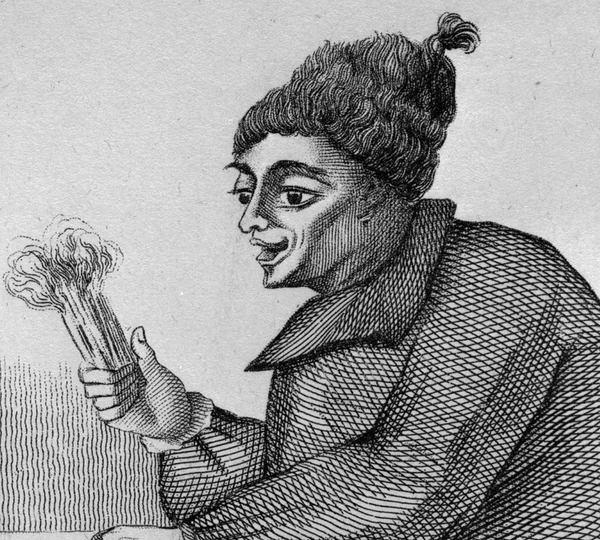
Member discussion